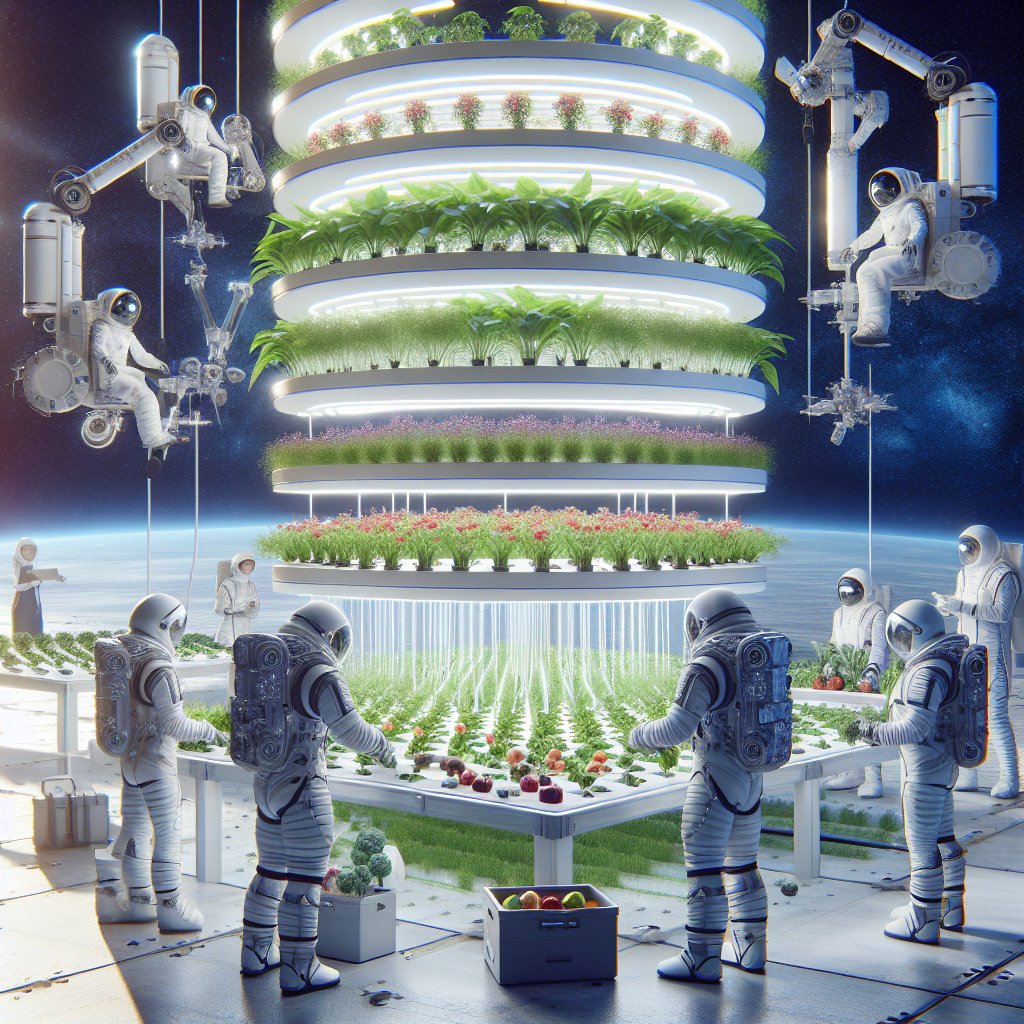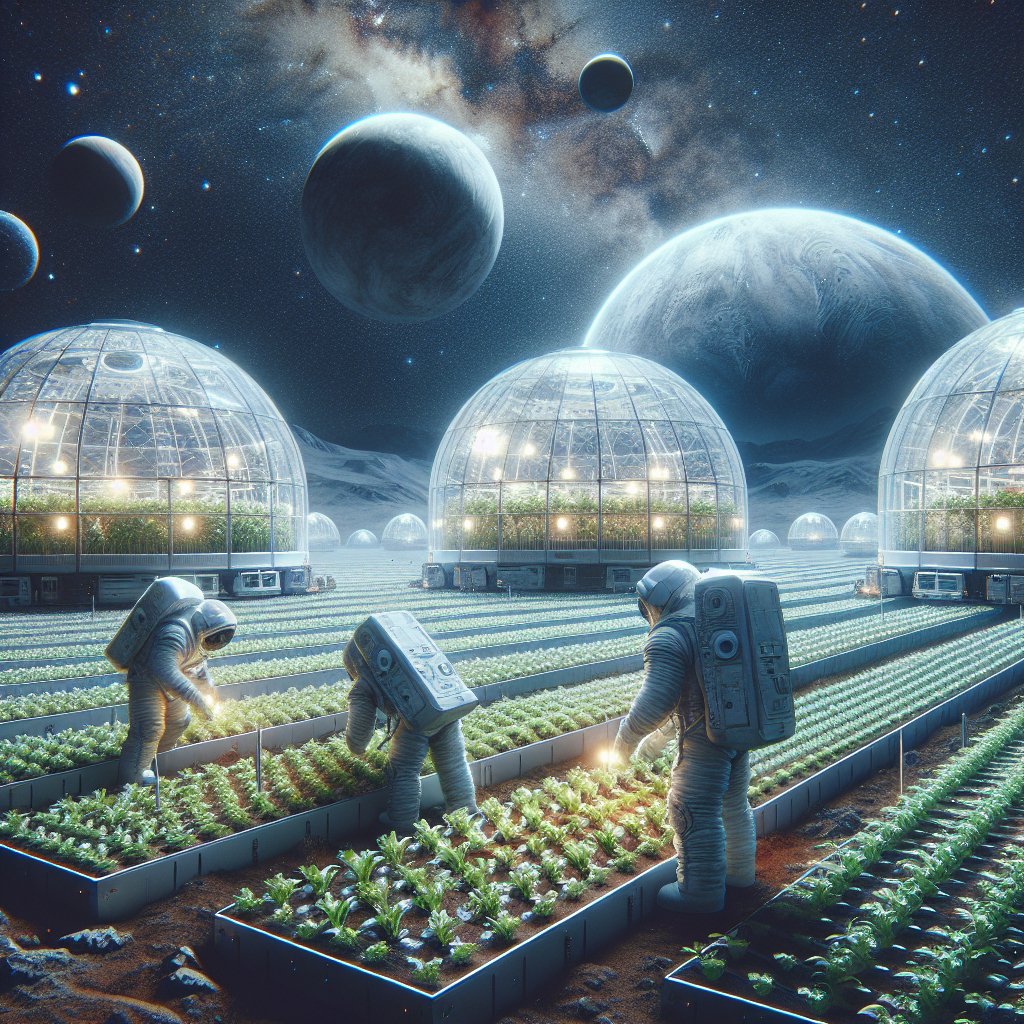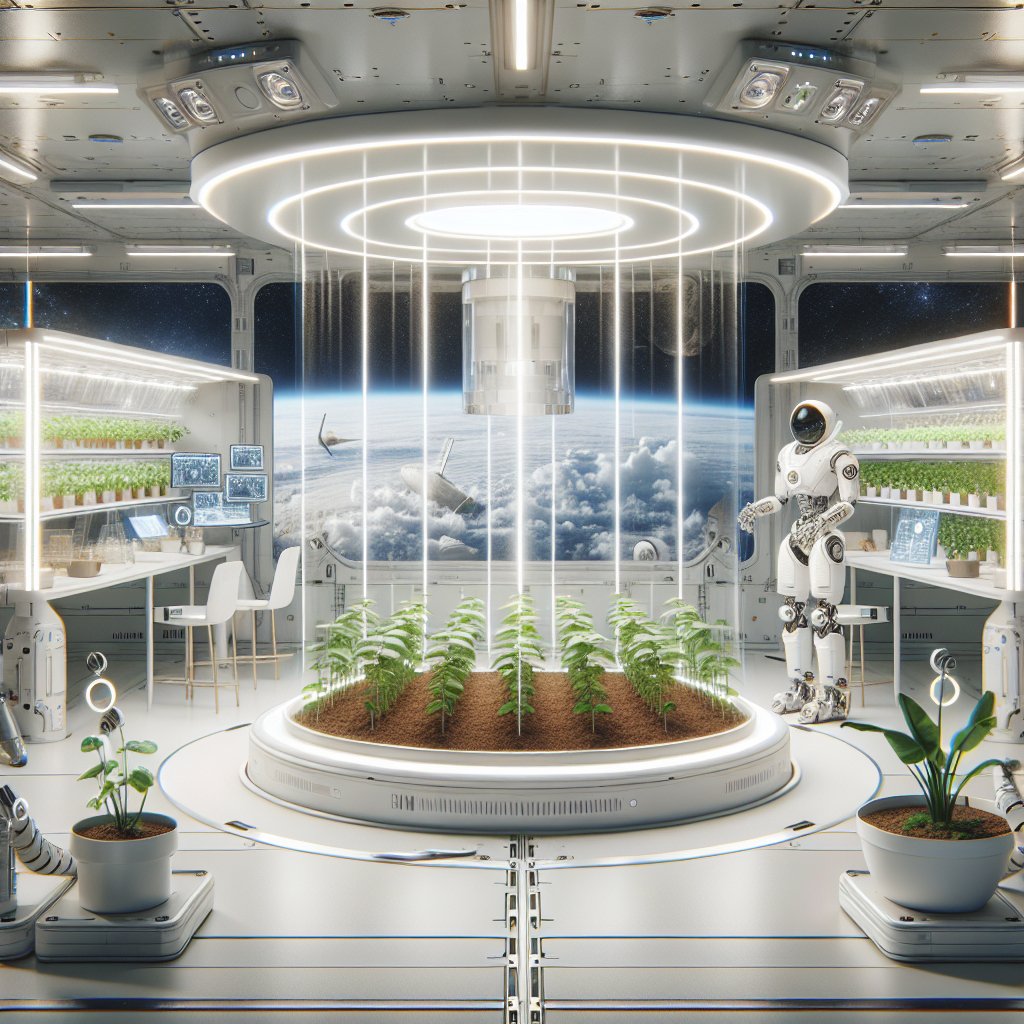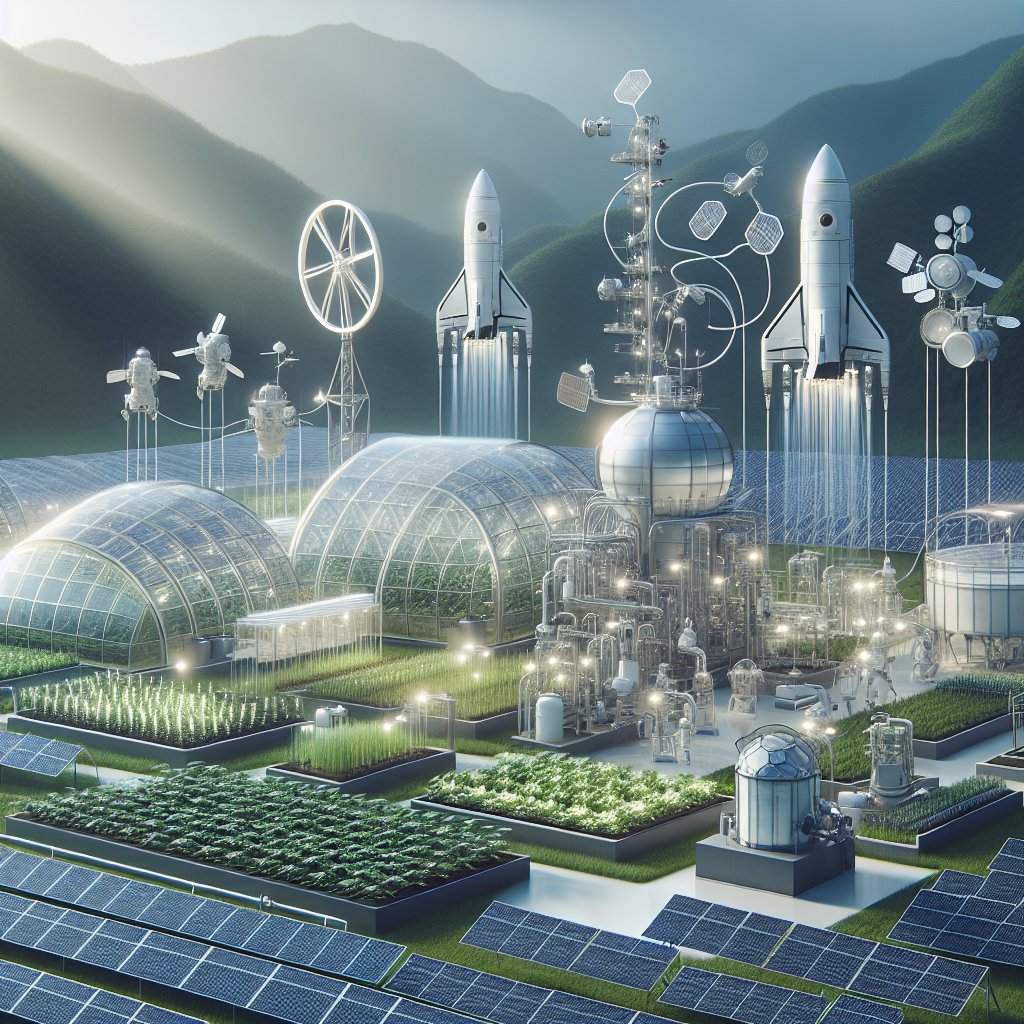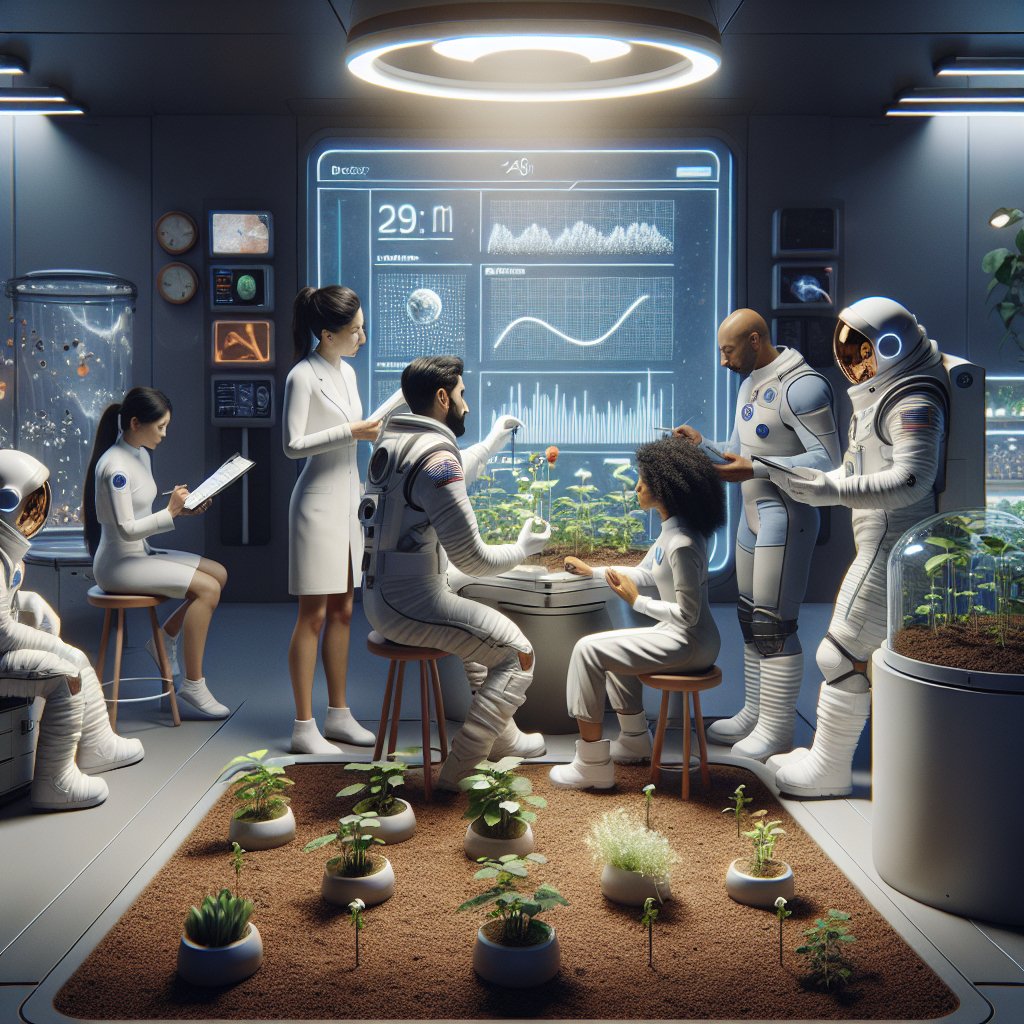How cross-disciplinary research is driving the future of farming in space is a topic that merges two seemingly disparate fields: agriculture and space exploration. As humanity looks to the stars, the need for sustainable food production in extraterrestrial environments becomes increasingly critical. This article explores the innovative approaches being developed through interdisciplinary collaboration, highlighting the challenges and opportunities that lie ahead for farming beyond Earth.
The Necessity of Space Agriculture
As space missions become longer and more ambitious, the question of how to sustain human life in space has gained prominence. Traditional supply chains for food are not feasible for extended missions to destinations like Mars or the Moon. The logistics of transporting food from Earth are not only costly but also impractical for long-term habitation. Therefore, the development of space agriculture is essential for ensuring that astronauts have access to fresh, nutritious food during their journeys and stays on other celestial bodies.
Space agriculture involves growing crops in controlled environments that mimic Earth’s conditions. This requires a deep understanding of plant biology, environmental science, and engineering. Researchers are exploring various methods, including hydroponics, aeroponics, and even soil-based systems, to determine the most effective ways to cultivate plants in microgravity. Each method presents unique challenges, such as nutrient delivery, water management, and light exposure, which must be addressed through innovative solutions.
Challenges of Growing Food in Space
Growing food in space is fraught with challenges that require interdisciplinary research to overcome. Some of the primary obstacles include:
- Microgravity Effects: Plants have evolved to grow in Earth’s gravity, which influences their root development and nutrient uptake. In microgravity, plants may exhibit altered growth patterns, making it essential to study how they adapt and what modifications are necessary for successful cultivation.
- Radiation Exposure: Space environments expose crops to higher levels of radiation, which can damage plant cells and affect growth. Research into radiation-resistant plant varieties and protective growing environments is crucial for ensuring crop viability.
- Resource Management: Water and nutrients are limited in space, necessitating efficient recycling and management systems. Developing closed-loop systems that minimize waste and maximize resource use is a key area of research.
- Psychological Factors: The psychological well-being of astronauts is vital for mission success. Access to fresh food can improve morale and mental health, making the study of plant growth not just a scientific endeavor but also a psychological one.
Innovative Solutions Through Interdisciplinary Collaboration
To tackle the challenges of space agriculture, researchers from various disciplines are coming together to share knowledge and develop innovative solutions. This cross-disciplinary approach is essential for creating sustainable farming systems that can thrive in extraterrestrial environments.
Biotechnology and Genetic Engineering
One of the most promising areas of research is biotechnology, particularly genetic engineering. Scientists are exploring ways to modify plants to enhance their growth rates, nutritional content, and resilience to harsh conditions. For instance, researchers are investigating the use of CRISPR technology to edit the genomes of crops, making them more suitable for space environments. This could lead to the development of plants that require less water, can grow in lower light conditions, and are more resistant to diseases.
Robotics and Automation
Robotics and automation play a crucial role in the future of space farming. Automated systems can monitor plant health, manage nutrient delivery, and optimize growing conditions without the need for constant human intervention. Drones and robotic arms can be employed to plant seeds, harvest crops, and perform maintenance tasks, allowing astronauts to focus on other mission-critical activities. The integration of artificial intelligence (AI) into these systems can further enhance efficiency by analyzing data and making real-time adjustments to growing conditions.
Environmental Control Systems
Creating a controlled environment for plant growth is essential in space. Researchers are developing advanced environmental control systems that regulate temperature, humidity, and light exposure. These systems must be energy-efficient and capable of operating in the unique conditions of space. Innovations in LED technology, for example, allow for tailored light spectra that optimize photosynthesis while minimizing energy consumption. Additionally, closed-loop water recycling systems are being designed to ensure that every drop of water is reused, addressing the scarcity of resources in space.
Case Studies in Space Farming
Several successful experiments have already demonstrated the potential of space agriculture. NASA’s Veggie experiment aboard the International Space Station (ISS) has provided valuable insights into growing crops in microgravity. Astronauts have successfully grown and consumed lettuce, radishes, and zinnias, paving the way for future agricultural endeavors in space.
Veggie: A Step Towards Sustainable Space Farming
The Veggie experiment is a prime example of how interdisciplinary research can lead to practical solutions. By combining expertise in plant biology, engineering, and space science, NASA has developed a system that allows for the growth of fresh produce in space. The success of Veggie has not only provided astronauts with fresh food but has also generated data that will inform future missions to Mars and beyond.
European Space Agency’s (ESA) Advanced Plant Habitat
The European Space Agency is also making strides in space agriculture with its Advanced Plant Habitat (APH) project. This facility is designed to study plant growth in microgravity and is equipped with advanced sensors to monitor environmental conditions. The APH aims to understand how different plant species respond to space conditions, providing critical data for future agricultural systems.
The Future of Farming in Space
As humanity prepares for a future where living and working in space becomes a reality, the importance of sustainable agriculture cannot be overstated. The collaboration between scientists, engineers, and agricultural experts is essential for developing the technologies and systems needed to support human life beyond Earth.
Looking ahead, the potential for space agriculture extends beyond just feeding astronauts. Successful farming systems in space could lead to breakthroughs in agricultural practices on Earth, particularly in arid regions or areas affected by climate change. The research conducted for space farming may yield new crop varieties, more efficient growing techniques, and innovative resource management strategies that can be applied to terrestrial agriculture.
Conclusion
Cross-disciplinary research is driving the future of farming in space, addressing the challenges of growing food in extraterrestrial environments. Through collaboration among experts in various fields, innovative solutions are being developed to ensure that astronauts have access to fresh, nutritious food during their missions. As we continue to explore the cosmos, the lessons learned from space agriculture will not only benefit space missions but also contribute to the sustainability of agriculture on Earth. The journey to the stars may very well lead us to a greener future for our planet.
